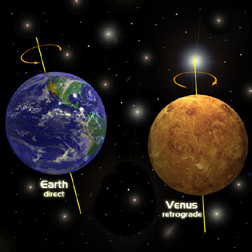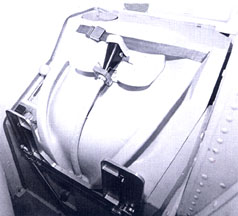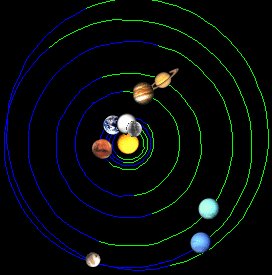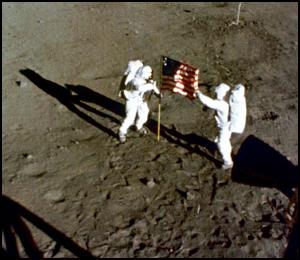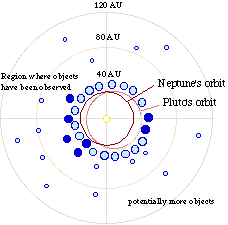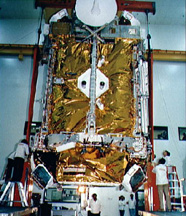What would life be like if humans lived on Mars?

Many scientists believe that in the not-too-distant future, humans will be
able to leave planet Earth to begin colonizing Mars. If you think you
might like to be among the wanderlusts
who will choose to embark on such a grand adventure, there are a
couple of things you might want to know . . .
For one thing, on Mars you'll finally get that extra time in a day you've
always wished for! Martian days are about half an hour longer than Earth
days. But that's nothing compared to the extra time you'll get in a
year--687 days versus only 365 days on Earth.
Second, you'll probably want to take along a lot of soap and laundry
detergent. The
"Red Planet" gets its nickname for the fine, red dust that covers Mars'
surface. The red color comes from oxidized iron
(rust) in the soil. It might not be so bad if the dust just settled on
the ground, then only your shoes would get stained. The problem is that
frequent and intense dust storms big enough to cover the entire planet
can throw dust up to 25 miles into the air and last for months at a
time--you're definitely going to get dirty!
Third, Mars has lots of big mountains, volcanoes, and canyons you'll want
to visit. It is thought that some of these enormous canyons and gorges
were formed from water flowing over the surface a long time ago when the
planet was much warmer and may have supported life. While you're there, be sure to check out
the volcano, Olympus Mons, the biggest
mountain in the entire solar system. Its base is large enough to cover
the entire state of Montana with Rhode Island nestled comfortably in
its
crater! Another bonus of Martian scenery: two moons in the nighttime
sky--Phobos and Deimos.
Fourth, because Mars is located farther from the Sun than Earth, it will
be a lot colder there. The average temperature on Mars is
-63oF. That's about 120oF colder than on Earth!
The extra distance from the Sun will also make the Sun look much smaller
than it does from Earth. But don't let the smaller Sun and cold
temperatures fool you. Because Mars lacks the protective ozone layer
we have in Earth's atmosphere, you're much more likely to be severely
sunburned there. So take some serious sunscreen--like SPF 1000!!
Mars' cold temperatures might also cause you to think that
the white flakes you see falling down around
you and on the mountain tops are snowflakes, but they're actually
crystals of
frozen carbon dioxide, or dry ice. If fact, the Martian atmosphere
is mostly carbon dioxide, so I guess you'll want to pack plenty of oxygen
too!
Submitted by Sarah (Ontario, Canada)
(September 29, 1997)





